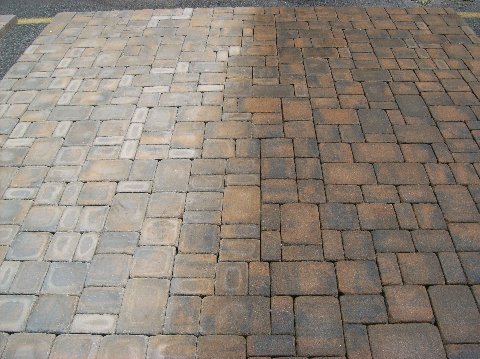The use of ‘Permeable pavers’ in gardens is becoming popular these days because of the many benefits that homeowners derive from this choice of landscaping material. First, these are environment friendly and pleasing to the eye. They efficiently reduce run-off rainwater to gutters and storm drains without water collecting in surfaces. This makes for an accident-free garden since the surfaces are skid-resistant. Permeable pavers in Landscape design also enable homeowners to save on their water bills.
This may come in different kinds of building materials but they are all sustainable and allow water to flow through their surface. While other non-porous materials direct water to storm-drains, these surfaces help ground water recharge by allowing water to flow into open spaces between the materials. These porous materials also filter pollutants and solids from the water as it percolates through the surface. Permeable paving is becoming more popular among home and business owners due to the innovative methods to save water. This paving option doesn’t just look good; it’s beneficial to our environment.

Installing stones or pavers over a bed of sand and gravel is known as dry-laying. This allows water to pass through the openings between each stone or paver. A unique opportunity exists here for grass or moss to be grown in the cracks, creating a sort of living pavement. If you desire to take your sustainability a step further, urbanite or recycled pieces of concrete is usually used to create a permeable patio.
Brick is sometimes used as a porous paver by leaving gaps or spaces between each unit. The clay material will direct water to joints and open spaces. But the least expensive permeable paving material is crushed stone. Typically either decomposed granite or gravel can be loosely packed on top of leveled soil. Rainwater will easily be able to pass between the small pieces of stone. This is good for walkways and even driveways.
Other materials serving as permeable pavers are stones, ground reinforcement grids, plastic mats with cells, and grass pavers. Stones and rocks are placed apart with gravel or planting in between. Ground reinforcement grids are a kind of mesh while plastic mats with cells are circular or hexagonal cells that allow for planting or porous material between the cells. Grass pavers resemble a lawn. Open cells are filled with dirt and then planted with grass seed. These are especially suited for residential driveways because they are designed to carry heavy loads.
The cost of installing permeable paving depends on the homeowner’s choice of materials. Some things that can affect the cost are the type of material chosen.

Comments
Post a Comment